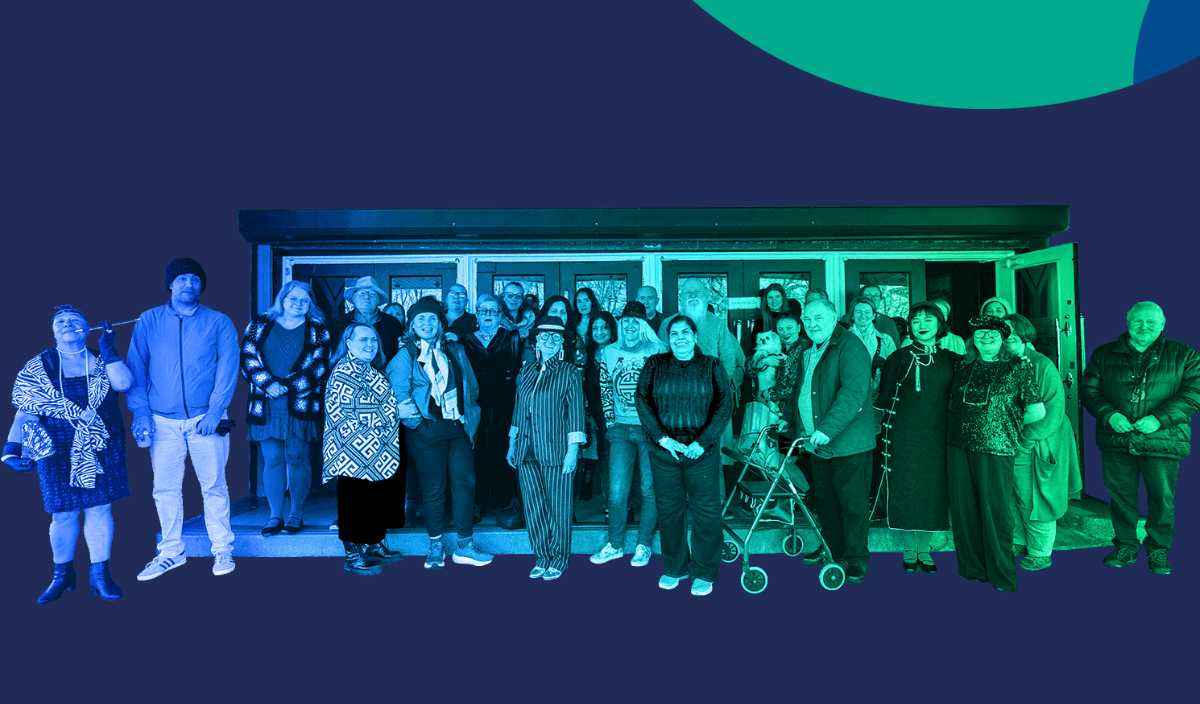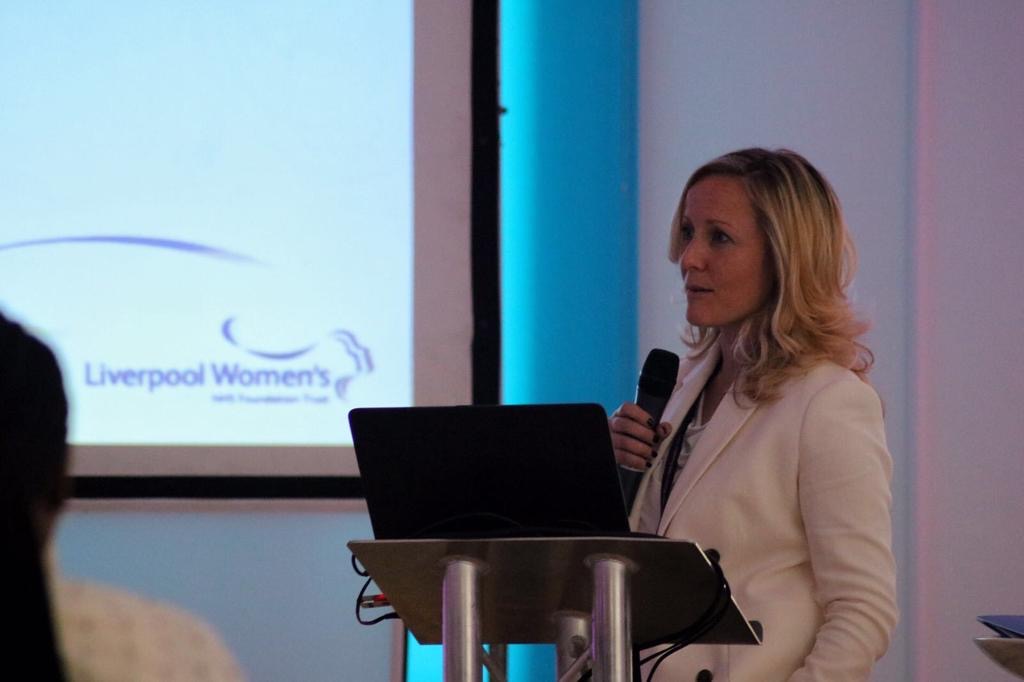Researchers collaborate to learn how dance can help our mental health
The arts have long been used as therapy; helping people with schizophrenia, psychosis and more to channel their thoughts and feelings.
Dance, drama and fine arts can all be helpful in supporting our social, emotional and mental health needs.
But what is the science behind it; and what exactly is happening in the brain that aids the therapeutic process?
Psychologists at Liverpool John Moores University and Edge Hill University are working together to better understand the neuroscience of dance; how dance can be good for a healthy mind.
And they hope their findings will lead to the development of novel therapies that enhance the treatment of mental illness.
The Arts and Humanities Research Council is putting up £35,000 to bring together neuroscientists, artists, psychotherapists, counsellors, mental health practitioners and service providers, along with educators and policymakers to improve knowledge of how dance affects the brain and can nurture our mental wellbeing.
Dr Valentina Cazzato, Senior Lecturer in Psychology at Liverpool John Moores University and lead investigator for the study, said: “The purpose is to apply well-established brain measures into the study of dance and creative movement.
“This is where contemporary neuroscience can come in handy. By clarifying the brain mechanisms that lead to people’ improvement of body awareness, but also by disentangling the specific cognitive and emotional mechanisms being targeted through dance movement psychotherapy, ultimately, we hope to develop novel therapies that enhance the treatment of mental illness.”
Valentina, from the Research Centre for Brain and Behaviour at LJMU, is working with Professor Vicky Karkou, Director of Edge Hill’s Research Centre for Arts and Wellbeing, and Dr Stergios Makris.
The two research groups will combine their expertise to promote the development of new symptom-specific dance-based treatments, which are research-informed and based on a better understanding of the key elements and brain mechanisms of dance practice underlying its clinical efficacy.
Professor Karkou said: “We are hopeful of developing a better understanding of the link between therapeutic dance practices and the brain, which could in turn have real world clinical implications.
“We know anecdotally that creative therapy can improve physical and mental wellbeing but this area of research is still in its infancy. Working in partnership, we want to learn more about the impact dance and dance movement psychotherapy can have on wellbeing through neurophysiological changes.”



